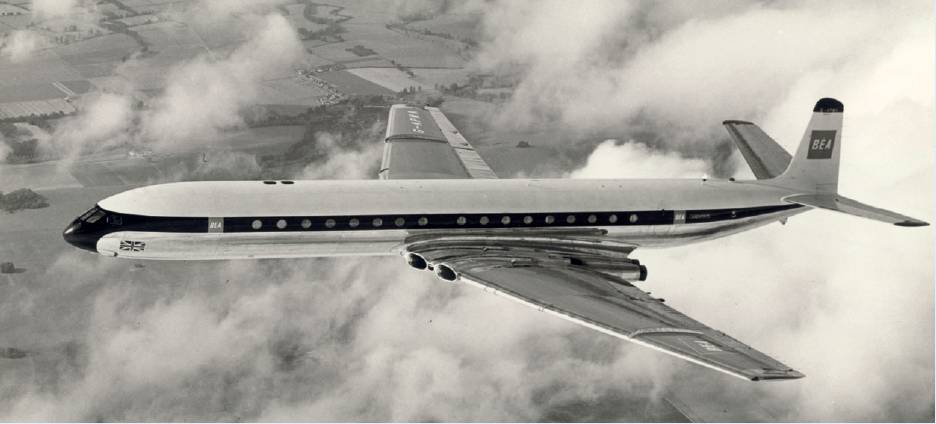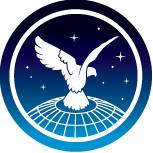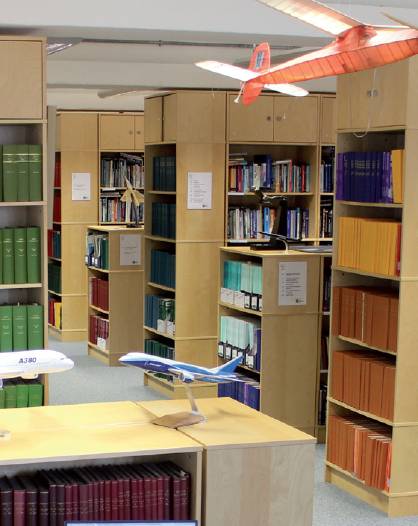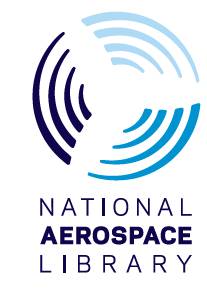National Aerospace Library
Archive Hub
Though the physical and virtual shelves of the Society’s library are filled with the cream of new aerospace publishing to help you keep up to date with cutting-edge developments in aerospace and books to help with your CPD. If you explore further into the bowels of the library you will find collections of reports, private papers, letters and documents drafted by some of the most influential and interesting people in our aeronautical history. Now, for the first time, information about our key collections are available online, via Archive Hub. By visiting www.aerosociety.com/archivecatalogue, you can scroll down and see what we have in 30 of our most important collections and then follow up your browsing with a trip to the National Aerospace Library (once it has re-opened) and see the items in person.
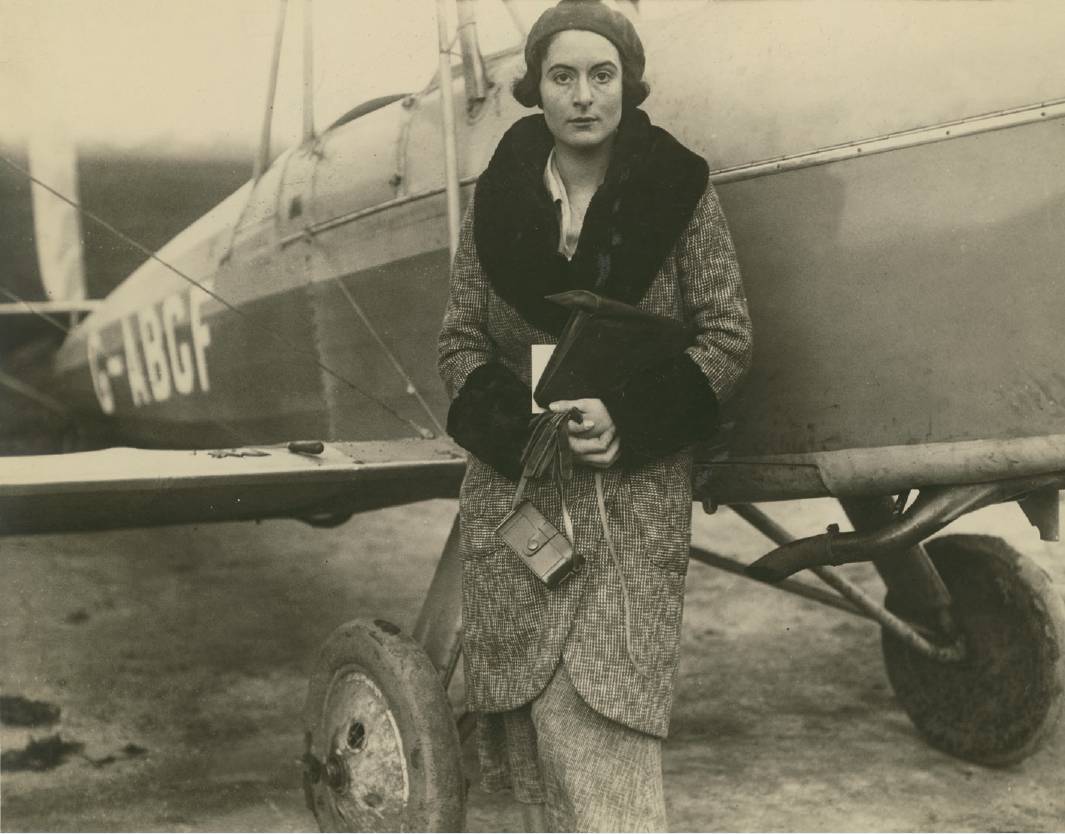 Delphine Reynolds in front of her Blackburn Bluebird IV, G-ABGF. Delphine Reynolds and her pilot, W G Pudney, took off from Hanworth on 1 March 1931 in her Blackburn Bluebird IV, for a survey flight down the West African coast, via Tangier to Bathurst, Gambia, where Short floats were fitted. After two and a half months in Sierra Leone the metal airframe had corroded beyond repair.
Delphine Reynolds in front of her Blackburn Bluebird IV, G-ABGF. Delphine Reynolds and her pilot, W G Pudney, took off from Hanworth on 1 March 1931 in her Blackburn Bluebird IV, for a survey flight down the West African coast, via Tangier to Bathurst, Gambia, where Short floats were fitted. After two and a half months in Sierra Leone the metal airframe had corroded beyond repair.
Many of our most interesting material is filed away in our extensive letters collection. Here you can find correspondence between key members of the Society and the leading figures in aeronautics. The collections are especially strong in the early days of flight, with letters from pioneers such as the Wright brothers, Samuel Cody, Samuel Langley, Octave Chanute, Lawrence Hargrave, J W Dunne, A V Roe, Lord Rayleigh, Sir Frederick Handley Page, Alberto Santos-Dumont, Gustav Lilienthal, F W Lanchester, James Glaisher and Sir Geoffrey de Havilland. Though we have not yet listed each letter on Archives Hub, a list of files can be found on our pages on Archives Hub and we can then use our paper indexes to find out more about each item of correspondence. Interaction with the great names in aero politics and the services between 1910 and 1953 can be found in the correspondence files of the acid-tongued editor of Aeroplane, C G Grey and letters used by Harald Penrose to write his seminal works on pre-war aviation.
Our aero engineering archive collections move from the pioneering days into the era of aircraft designers and manufacturers. The British & Colonial Aeroplane Company Collection includes design work for many post-war Bristol Aircraft, WW2 propeller developments can be found in the collection of de Havilland’s A V Cleaver. W O Manning’s work at English Electric can be found in his collection while the G W Saynor Collection gives an insight into design work at Blackburn Aircraft and Canadian Vickers and also includes a full set of plans for the Saynor & Bell Canadian Cub & Canadian Cub II aircraft.
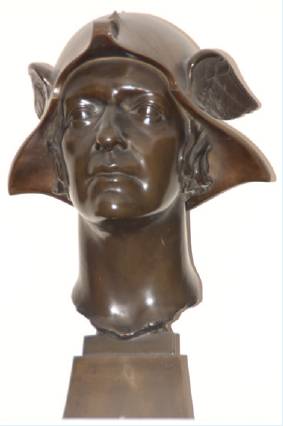 ‘Speed’ a of Lady Drogheda by J A Stevenson was exhibited at the Royal Academy of Arts in 1932 and is now on display at No.4 Hamilton Place. RAeS (NAL).
‘Speed’ a of Lady Drogheda by J A Stevenson was exhibited at the Royal Academy of Arts in 1932 and is now on display at No.4 Hamilton Place. RAeS (NAL).
Of course, the NAL also holds the records of the Royal Aeronautical Society. As well as the membership records of the great and the good of the industry and the day-by-day administration of a learned society, it also contains audio recordings of over 400 of its lectures and conferences, primarily from the 1960s and 1990s onwards (see AEROSPACE, January 2020 pp 50-51 and April 2020 pp 50-51) and a near complete set of its conference proceedings.
Social historians can find a wealth of information within our four walls. For example, we have three interesting collections from women who were captivated by flight during the interwar period, with the collections of The Flying Countess, Kathleen Countess of Drogheda, and two pioneering women who tried to fly across Africa: Delphine Reynolds who reached as far as Sierra Leone in early 1931 and Peggy Salaman who successfully reached Cape Town later that year. The collection of Wilfred Parkes gives an insight into the exciting pre-WW1 world of air racing.
Flying has always captured the imagination and has been recorded in prints, posters, photographs and paintings. We care for over 100,000 images showing early balloon lithographs from the 18th century, the design that accompanied air travel in the 1930s, glass slides explaining scientific concepts, plus tens of thousands of images showing aircraft. Many of these images are available via the Mary Evans Picture Library’s corporate licencing and merchandise sites: www.aerosoiety.com/printsandposters.
Aeronautics is also a business and our collections cover how the world of science, government, warfare and business collide. This is best shown through the records of Britain’s aviation trade organisation – the Society of British Aircraft Constructors. Started during WW1, these minute books chronicle 70 years of thinking of those high up in industry. We also have the wartime records of the British and Colonial Aeroplane Company with its digitised minute book appearing on www.aerosocietyheritage.com and the Broke-Smith Archive contains some interesting material on military aviation before WW1.
